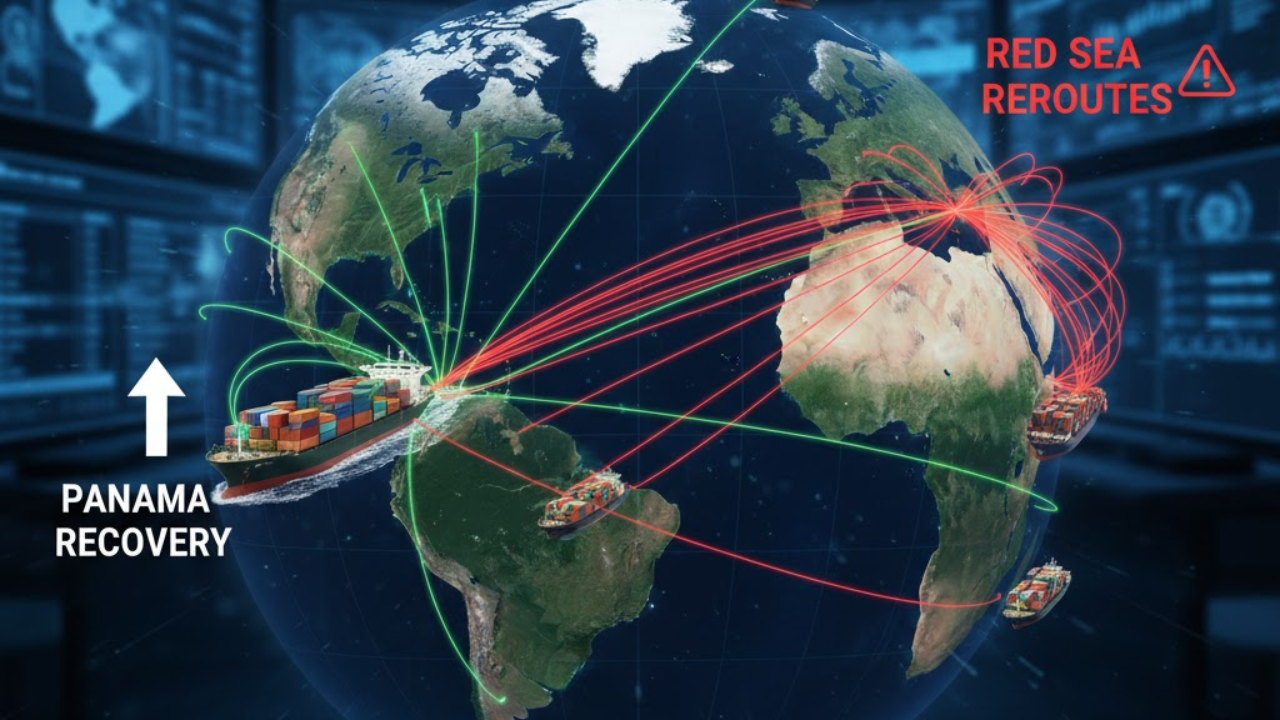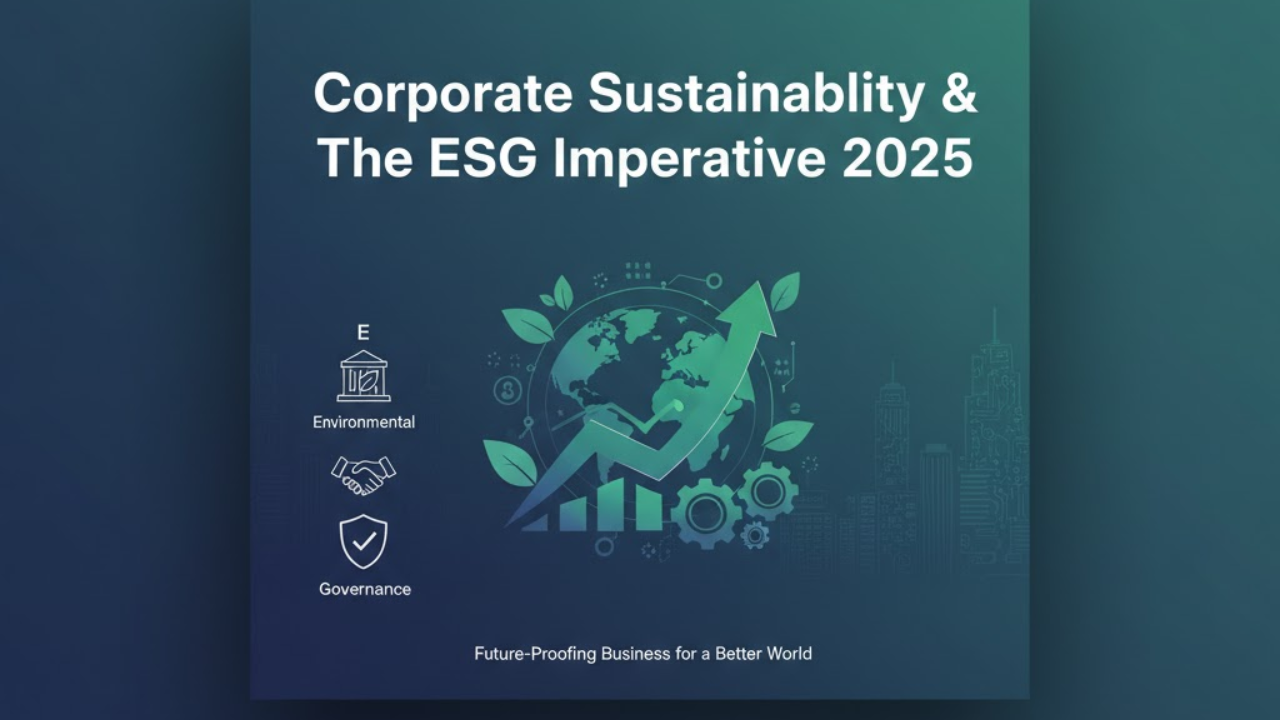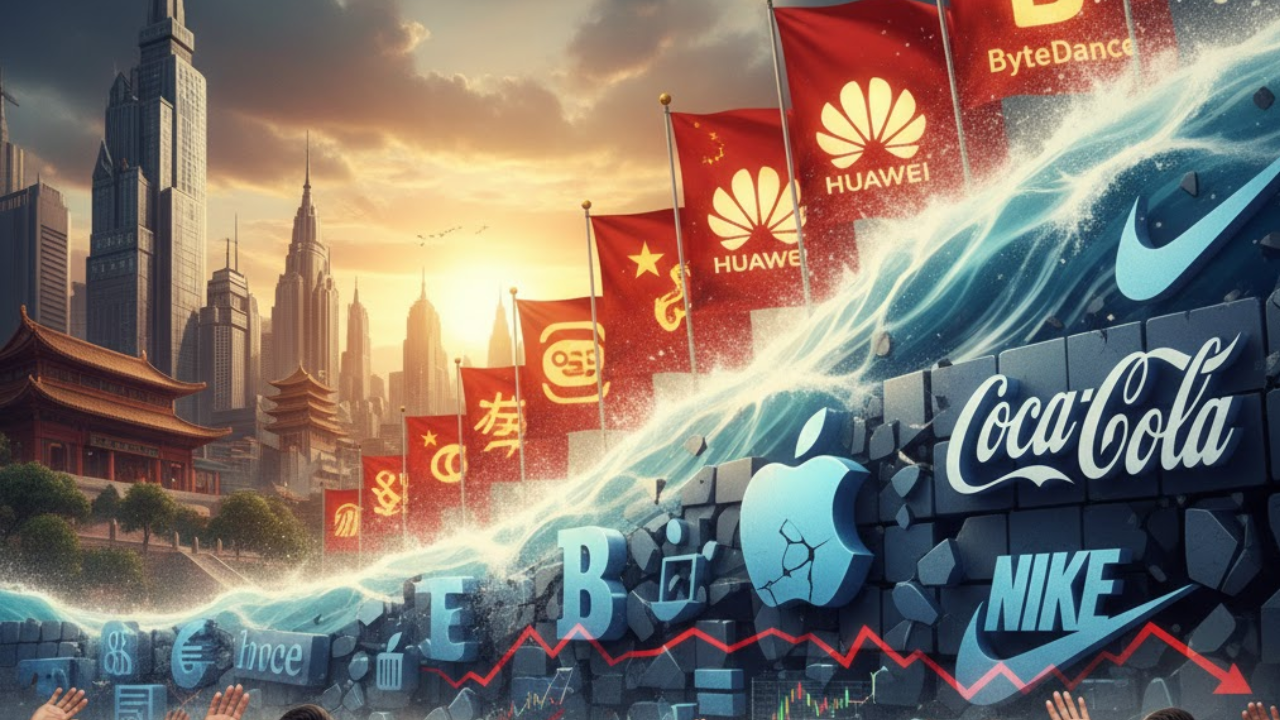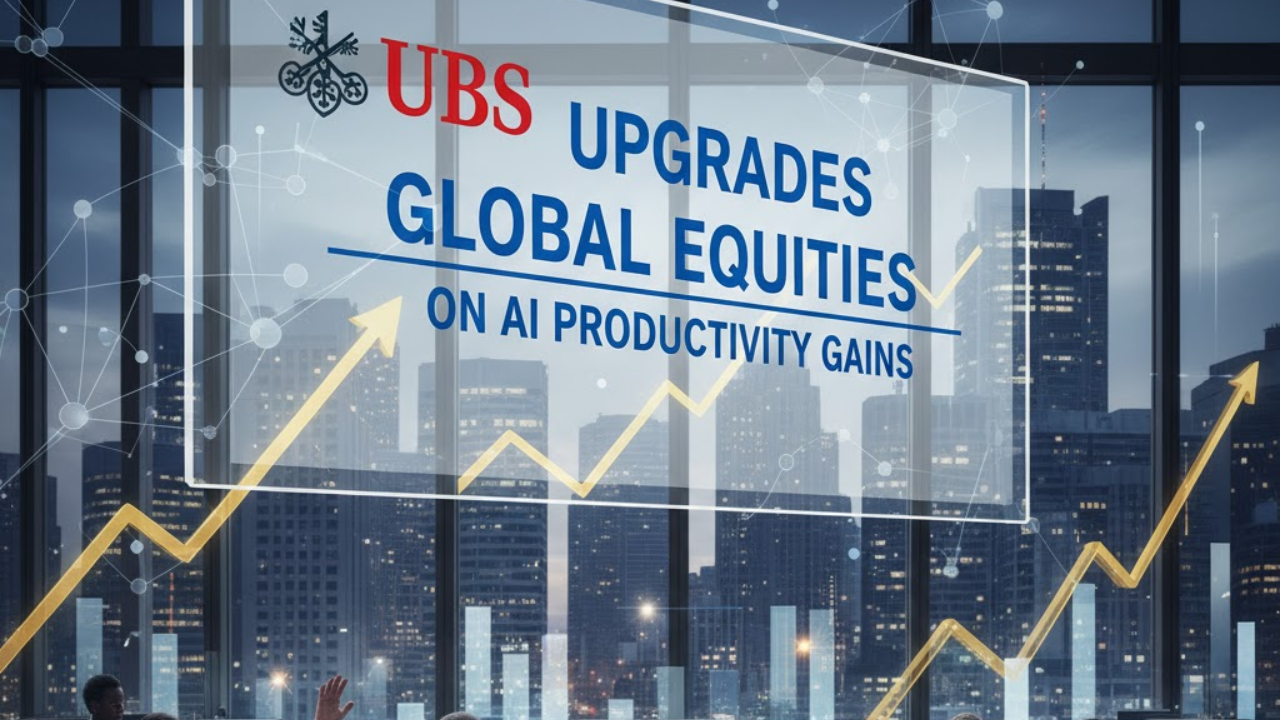
Post by : Meena Rani
Global trade depends profoundly on a handful of maritime chokepoints—Canals, straits, and sea lanes whose disruption can ripple across continents. In 2025, two such routes—the Red Sea / Suez corridor and the Panama Canal—are under stress from geopolitical conflict, climate pressures, and capacity constraints.
Where ships go, costs go. Where routes change, supply chains restructure. The post-Panama recovery combined with Red Sea reroutes are redefining logistics, vessel strategies, trade patterns, and the economics of shipping globally.
Attacks and instability along the Red Sea corridor (particularly near Yemen, Bab al-Mandeb, and the southern approaches to the Suez Canal) have made the traditional Asia–Europe route risky. Many container carriers have been forced to bypass this route altogether, diverting vessels around the Cape of Good Hope in southern Africa.
This rerouting adds several days to weeks to transit time and increases fuel, charter, and insurance costs. Some estimates suggest that 70–80% of affected vessels have shifted away from the Suez corridor in periods of peak disruption. (Sourcing trade / shipping analysis)
Consequently, port performance on Suez and adjacent channels has declined sharply. Many ports report reduced throughput, delays, and congestion as shipping schedules become less predictable. (Port performance analysis)
In parallel, the Panama Canal has faced water shortages, climatic stress, and operational constraints. Daily transit limits have been imposed to preserve water reserves, especially during drought periods and dry seasons.
While early 2025 saw record traffic for certain classes of vessels (e.g. Neo Sub-Panamax ships), this is uneven, with tight slot allocations and premium pricing for available passage. (Panama transit data)
Because the Panama Canal is a vital corridor connecting Atlantic and Pacific trade, any disruption here forces ships to choose the alternative of rounding South America (Cape Horn) or shifting to other transshipment hubs, both of which raise costs and transit times.
Interestingly, one recent trend is that while Suez / Red Sea traffic is contracting under geopolitical risk, Panama has been showing signs of recovery or record transits in early 2025, especially for vessels sized to canal limits. Some reports note that container ship transits through Panama in Jan–May 2025 hit record levels.
This divergence suggests that while carriers avoid the Red Sea route due to security concerns, they still depend on Panama for interocean traffic—where conditions permit. The contrast underscores how resilience and adaptability are becoming core criteria for shipping strategies.
Longer routes, slower speeds, and detours increase voyage time and fuel consumption. These inefficiencies translate into higher freight rates, especially on Asia–Europe and Asia–US trade lanes. Carriers pass much of this cost down to shippers and end consumers.
Smaller and medium-sized vessels are gaining preference over “mega-ships.” With more variable routes and port constraints, flexibility trumps scale. Many shipping lines are pivoting away from ultra-large container ships. (Industry vessel strategy report)
Ships may be idled or re-routed more frequently to adapt to chokepoint constraints.
Carriers need to manage repositioning costs more judiciously, forego time-sensitive contracts for high-risk routes, and factor in buffer time for schedules.
Ports in East Africa, South Africa, the Mediterranean, and alternative transshipment hubs are emerging as new nodes in revised supply chains. These ports become relays for container reloading, shorter legs, and regional distribution to compensate for longer mainline voyages.
Some traditional ports near the Red Sea or along Suez are suffering volume erosion; they must compete by improving efficiency, security protocols, and incentives to retain traffic.
Importers and manufacturers must order earlier—lead times are longer and less predictable.
Inventory buffers rise, warehousing costs increase, and just-in-time manufacture becomes riskier.
Logistics networks pivot: suppliers closer to consumption centers or alternate routes gain advantage.
Costs of delays, stockouts, and disruption risk must be built into pricing models.
Insurance premiums for Red Sea transits have spiked; some carriers require special risk coverage to pass through conflict zones.
Fuel costs rise due to longer paths and slower speeds (less optimal load planning).
Volatility in fuel and marine costs becomes a more substantial factor in contract negotiations and freight rate hedging.
Some trade lanes may pivot to bypass Suez entirely. Asian exporters bound for Europe may prefer overland or multimodal shipping through Central Asia or the Arctic corridor (Northern Sea Route) in select seasons.
Latin America–Asia trade may favor Pacific or Indian Ocean routes over Western Hemisphere paths constrained by Panama.
Nations with coastal manufacturing bases (India, Southeast Asia) may see increased appeal as export hubs.Strategic Responses & Adaptation Frameworks
Companies should avoid overreliance on a single route. Alternate routes (south around Africa, via canal versus overland) should be part of scenario planning. Multimodal logistics (rail, inland corridors) can provide fallback options.
Investing in resilient ports with deep-draft capacity, secure anchorage, and transshipment capability pays dividends. Logistics firms may prefer ports with security, reliability, and scalability over traditional but risk-exposed ones.
Use AI, predictive analytics, and real-time tracking to adjust routing mid-voyage based on security, weather, congestion, or canal slot changes. Smarter control towers and dynamic decision systems become competitive advantages.
Maintain a balanced fleet: a mix of mid-size and smaller ships that can adapt to route changes, port constraints, and demand fluctuations. Avoid overcommitment to ultra-large vessels that are difficult to reassign.
Negotiate coverage that handles conflict zones, detours, force majeure. Use hedging strategies for fuel and freight rate volatility. Build contractual buffers and pass risk to partners or customers where possible.
Shift from lean inventory to more conservative buffers for critical parts or goods. Use regional warehousing closer to consumer markets to offset longer shipping lead times.
Shipping alliances, liner consortia, and regional consortiums can share capacity, negotiate joint insurance, or jointly manage risk across routes. Public-private partnerships (ports, governments) can invest in security, intelligence, and maritime infrastructure.
Route Utilization Trends
Will Suez / Red Sea volumes recover, or will the divergence persist?
Vessel Building Patterns
Growth in mid-size vessel orders, fewer ultra large ships, greener ship designs.
Emerging Corridors
The Northern Sea Route (Arctic routes) or pan-Asian land connectors may increase in strategic relevance.
Geopolitical Volatility
Continued conflict, pirate activity, or policy shocks (tariffs, blockades) could shift trade lanes further.
Environmental Regulation
IMO emissions rules, decarbonization, and fuel regulations will add constraints and influence route economics.
Maritime Cybersecurity & Resilience
As shipping becomes more connected, cyberattacks on navigation, port systems, or AIS spoofing can amplify route risk. (Maritime cybersecurity analysis)
Cost Inflation & Pass-Through
Shipping rate inflation may continue, driven by route inefficiencies, fuel costs, and security surcharges.
Trade Realignments & Nearshoring
Manufacturers may increasingly nearshore to reduce exposure to maritime uncertainties.
The convergence of Red Sea risk and Panama Canal instability is transforming how goods move globally. What once seemed like near-infinite flexibility in trade routes is now bounded by geopolitics, climate stress, and security.
For companies that can reimagine supply chains, diversify routes, invest in resilient infrastructure, and adopt agile maritime strategies, the changes present both challenge and opportunity. The future of global trade may not be shorter distance—but smarter, safer, and more adaptive routing.
Disclaimer:
This article is for informational and editorial purposes only. It does not constitute professional trade, logistics, or investment advice. Readers should perform due diligence or consult experts before making decisions based on trade route or shipping strategy.
global shipping trends, Red Sea reroutes, Panama Canal recovery, maritime trade shifts, supply chain disruption, shipping routes 2025










Bengaluru-Mumbai Superfast Train Approved After 30-Year Wait
Railways approves new superfast train connecting Bengaluru and Mumbai, ending a 30-year demand, easi

Canada Post Workers Strike Halts Nationwide Mail and Parcel Services
Canada Post halts operations as CUPW strike disrupts mail and parcel delivery nationwide amid disput

PM Modi Launches BSNL ‘Swadeshi’ 4G Network, 97,500 Towers Built
India enters global telecom league as PM Modi inaugurates BSNL’s indigenous 4G, connecting 26,700 vi

India’s Iconic MiG‑21 Takes Final Flight After Six Decades of Service
After 60 years India retires its MiG‑21 fighter jet, a legendary yet controversial warplane marking

Hindustan Zinc unveils AI hotspot monitoring at Debari smelter
Hindustan Zinc launches AI-powered Switchyard Hotspot Monitoring at Debari smelter to cut outages bo

Chinese experts worked inside sanctioned Russian drone plant
Chinese drone specialists visited IEMZ Kupol supplying parts and drones via intermediaries, deepenin